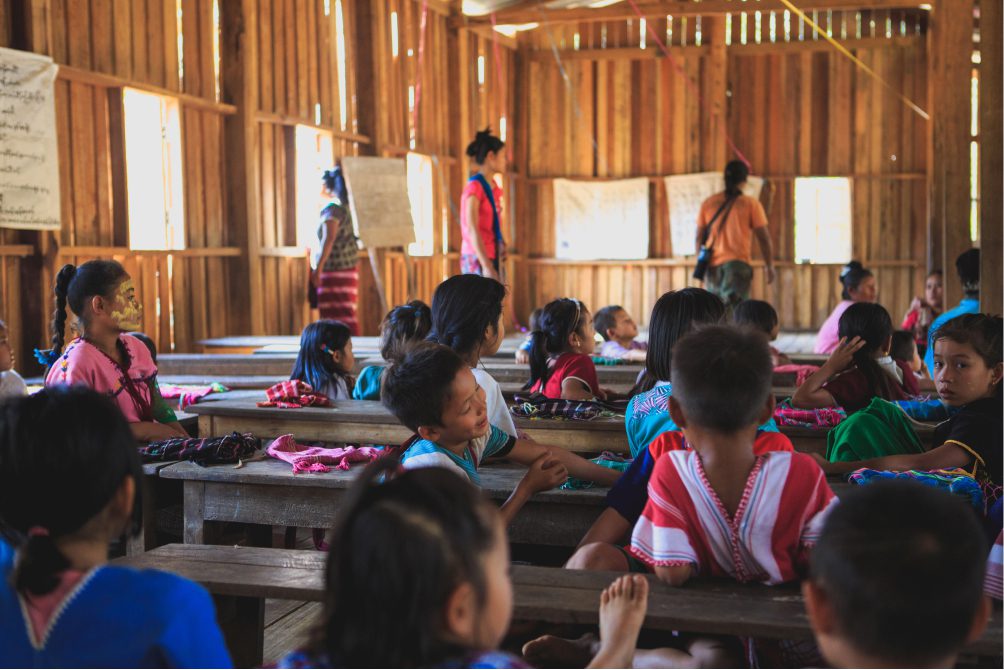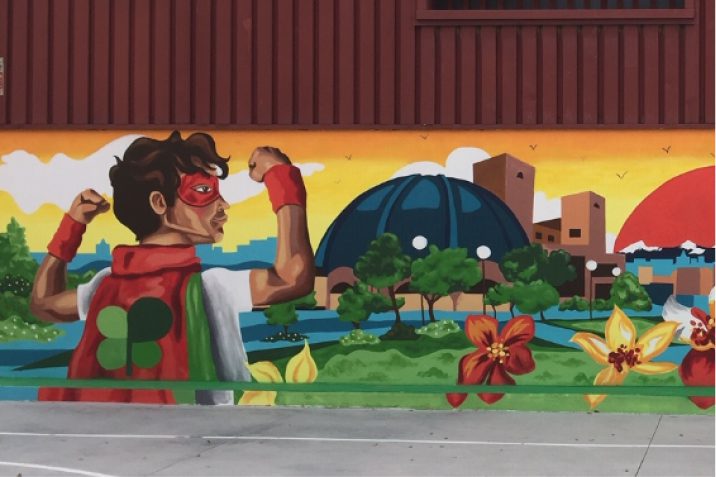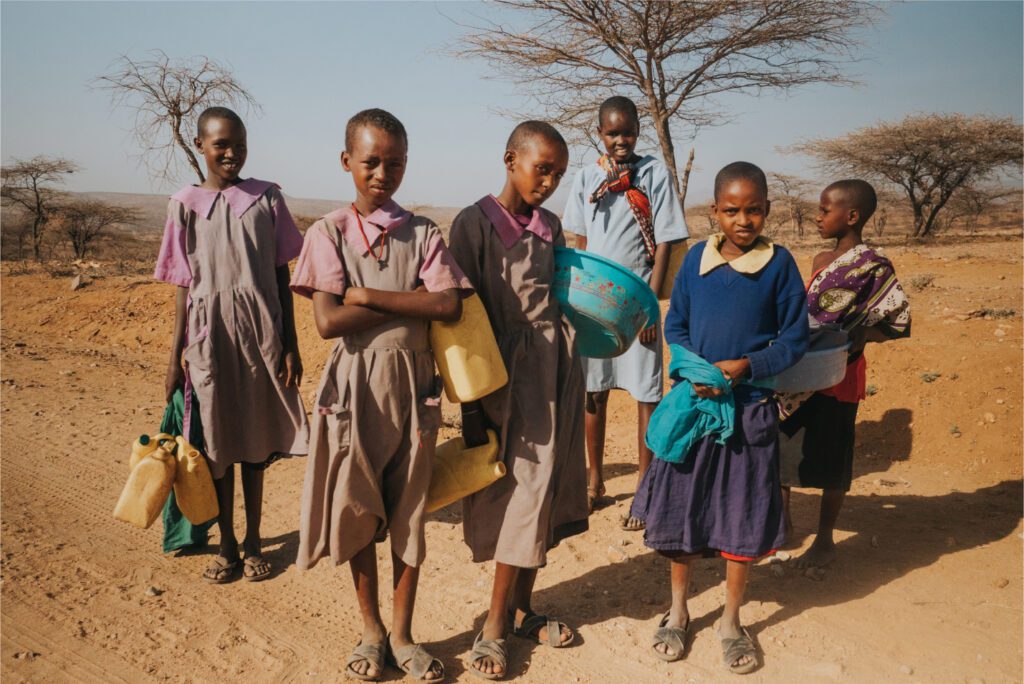The Challenge of Children Education
- Home
- The foundation
INTRODUCTION
"617 million young adults in the world lack basic arithmetic skills and have a minimum level of literacy."
Education is one of the main pillars to achieve sustainable development in societies. Improving education can help create innovative solutions to major global problems, and significantly improve the quality of life for people throughout the world. However, despite the importance of education, the United Nations reported that there are currently more than 265 million children without access to school, 22% of whom are under the age of 10.


There are different barriers that prevent children and young adults access to education. First, it is important to consider the high degree of civil war and gang violence that take place in these children’s home countries. In these unsustainable situations, families are forced to flee their homes, and children, to abandon their studies. In fact, one of the main signs of safety and stability is children’s school attendance. Another factor that limits the quality and access to education is poverty. Sometimes poverty is linked to inadequate education financing policies, an excessive ratio of students to teachers, or inadequate training.
OUR STORY
Océano Solidario was founded by Ocean Infrastructures Management (now under Ocean Capital Partners group) in 2016 with the aim to help children and youth in poverty or at risk of social exclusion have the opportunity for a quality education.
Our first project took place in Myanmar, where a local guide showed us the limited access to education children in rural areas had. We decided to join forces with the Twante population and build a school in the area, providing children access to a high quality education. Ever since, we have also supported centers in Spain and in Senegal by contributing to projects which have missions that are similar to ours. Despite the fact that our projects have focused on education for children and young people, as part of our growth strategy we also focus on contributing to the empowerment of women. In many developing countries women are single mothers, heads of households, and the primary caregivers for their children; we truly believe that providing women with the tools necessary to improve their quality of life in turn provides children with the opportunity for education.
PROJECTS
Myanmar's Secondary School
The Republic of the Union of Myanmar, better known as myanmar or Burma, is located in Southeast Asia and has an area of more than 670,000 km2. Myanmar has a population of more than 53.7 million people and a GDP per capita of almost $1,330 (World Bank, 2018), indicating the low economic and social development in the country. In fact, within Myanmar’s education system, children are only legally obligated to attend primary school.


This causes the majority of its children to complete only the basic education requirements. After a comprehensive review of the education system at the national level, the ministry of Education drew up a National Strategic Plan for Education (2016-2021). Among other objects, this plan sought to pass a bill which made access to high quality, upper-level education legal and mandatory.
Despite the reforms and increased investment in public education (from 0.8% to 2% of GDP from 2011-2018), many children and young people still do not have access to education. This is due to the low level of school infrastructure and teacher qualifications that constitute the country’s educational system.
Ademo Foundation
The United Nations 2030 Agenda for Sustainable Development recognizes the value of inclusive education: “…Guarantee inclusive, equitable and quality education and promote life-long learning opportunities for everyone” (SDG 4).


The Spanish Disability Strategy and its 2014-2020 Action Plan constitute the national benchmark for public policies in this area. Its main objective is to reduce the dropout rate and increase the percentage of people with disabilities in higher education by supporting education centers in the process towards inclusion and awareness of the educational community.
Senegal
Senegal is a former French colony in West Africa that borders the Atlantic Ocean, Mauritania in the north, Mali to the east, and Guinea and Guinea-Bissau to the south. It has a total area of 196,722 km2 and owes its name to the Senegal River, which marks the eastern and northern borders of the country.


With a GDP of 24.13 billion USD and a population of 15.8 million, it is classified as a lower-middle-income country, according to the World Bank. UNESCO reported school enrollment at the primary level at 81% in 2018, indicating a slight decrease from 2017 (when enrollment was 85.6%). School enrollment among women is higher than among men, with 86% of women enrolled, compared to 76% of men.
According to the United Nations, “more than half of children who are not enrolled in school live in sub-Saharan Africa.” This is due to the lack of qualified teachers and the poor school conditions. These factors are further aggravated in rural areas, where it is necessary to take the differences opportunities boys and girls have into account.
Collaborate
Join the Solidarity Wave
If you liked our projects and want to know more information, you can subscribe to our Newsletter. We will inform you of the new projects that we are working on and follow up on the ones that we have carried out. You can also follow us on our social networks, or if you prefer, collaborate with us by making a donation to the Foundation. Every donation counts!